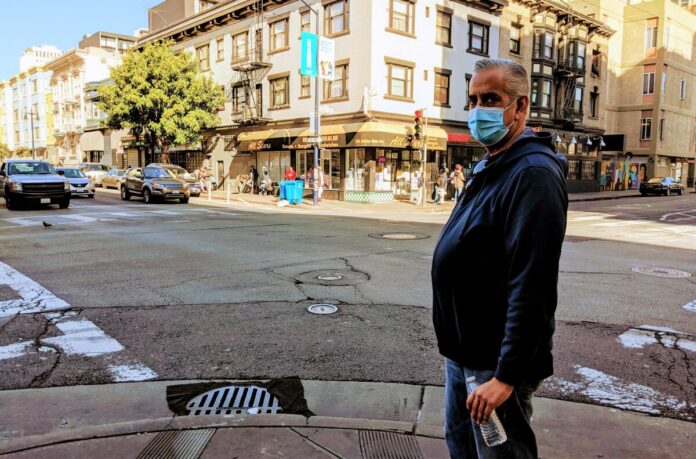In the heart of San Francisco’s historically vibrant North Beach district, Tanya Tilghman built a life for herself and her family. The city’s liberal values, diverse community, and strong sense of belonging made it a place she was proud to call home. However, over the years, Tilghman witnessed a disheartening transformation of the streets she once considered safe. As policies from City Hall and advocacy groups aimed at addressing homelessness took effect, she noticed a deepening drug crisis plaguing the city.
Tilghman’s own son, Roman Vardanega, fell victim to the allure of drugs. Starting with a casual experimentation in high school, he spiraled into the grips of addiction, traversing through a harrowing sequence of substance abuse. The availability of drugs, particularly in the notorious Tenderloin area, made it difficult for her son to break free from their clutches. Tilghman’s concern intensified when she realized that the city’s response to drug-related offenses was lenient, often releasing offenders without consequences.
The COVID-19 pandemic further exacerbated San Francisco’s drug epidemic. As the city shut down, tent encampments multiplied on the sidewalks, and drug use became more brazen. The lack of action from the authorities left Tilghman bewildered and disheartened. When a “linkage center” opened in the Tenderloin, touted as a place where addicts could seek assistance, Tilghman hoped it could be a turning point for her son. However, her visit revealed a shocking reality – drugs were openly consumed within the center, rendering it ineffective in providing the intended support.
Tilghman’s desperation to find her son led her to walk the streets, confronting the grim reality of homelessness, addiction, and mental illness. As she tirelessly searched, she realized that her son’s face was a reflection of countless others struggling in the city. The laissez-faire approach of the local government had pushed the boundaries too far. Shoplifting went unpunished, and drug use was tolerated even in the presence of law enforcement.
Through her perseverance, Tilghman eventually found solace and support. Engaging with Mothers Against Drug Addiction and Deaths, she discovered a renewed purpose in fighting against the drug crisis. A new district attorney, determined to address the city’s crime surge, took office after the previous one faced a recall. For Tilghman’s son, encounters with the legal system and subsequent incarceration offered a lifeline—a chance to break free from the streets and enter a court-mandated rehabilitation program.
While San Francisco still holds its beauty and allure, Tilghman acknowledges the alarming changes that have unfolded. As a staunch liberal, she struggles with the discrepancy between her political beliefs and the chaotic reality surrounding her. Her story encapsulates the battles faced by countless families in the city, as they navigate through a changing landscape fraught with addiction and crime.
In summary, Tanya Tilghman’s narrative sheds light on the evolving drug epidemic in San Francisco and the impact it has had on families like hers. The struggle to find her son amidst a growing crisis and a city’s shifting priorities illustrates the need for comprehensive and effective measures to address the root causes of addiction and homelessness.

